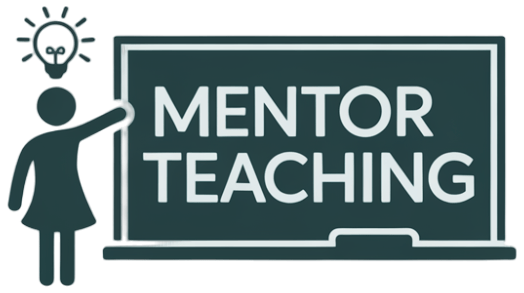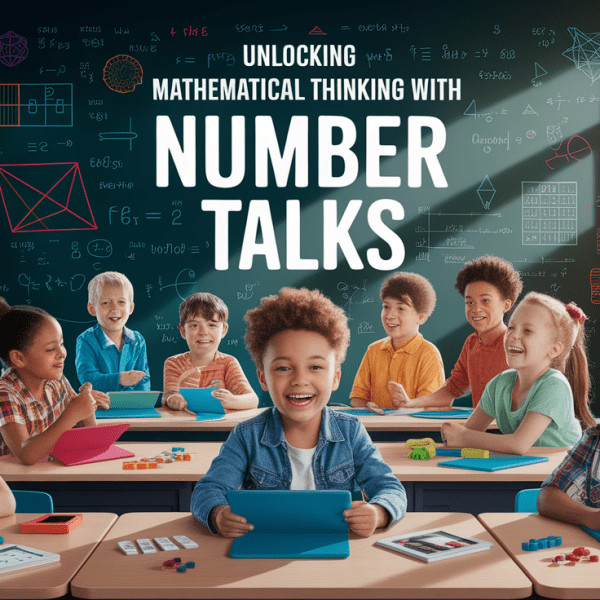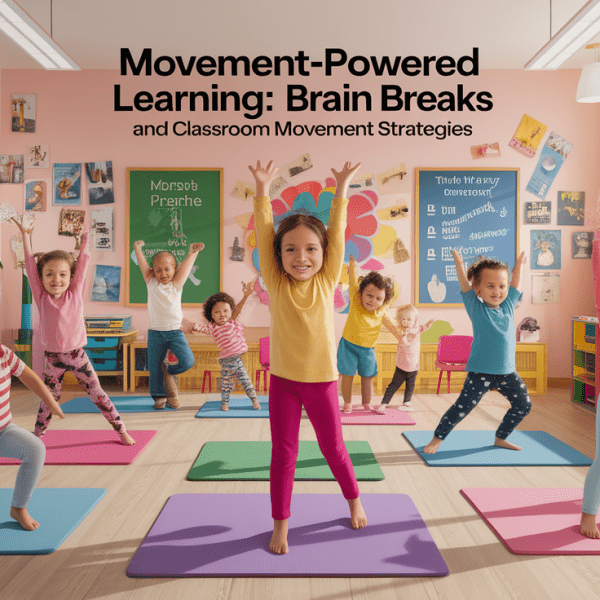Opening the Door to Translanguaging
Imagine stepping into a classroom where different languages dance together—where English, Spanish, Mandarin, and Arabic weave a tapestry of understanding. That’s the magic of translanguaging, an approach that invites multilingual learners to use all of their linguistic resources to learn and express ideas. It goes beyond simple code-switching, recognizing that language is not separated into neat boxes but exists as a unified, dynamic system. In this environment, every student’s voice matters, and every language is a key to unlocking deeper meaning.

Crafting a Translanguaging-Friendly Environment
Building a space where translanguaging thrives means thinking beyond the walls and the whiteboard. Start by making your classroom visually multilingual through bilingual word walls, multilingual labels, and culturally diverse displays. According to guidance from WIDA, pairing students who share a heritage language can offer peer support, while giving them the freedom to choose which language to use for certain tasks reflects an inclusive pedagogy. Small gestures—like greeting students in their home language—can send a big message: your linguistic identity belongs here.
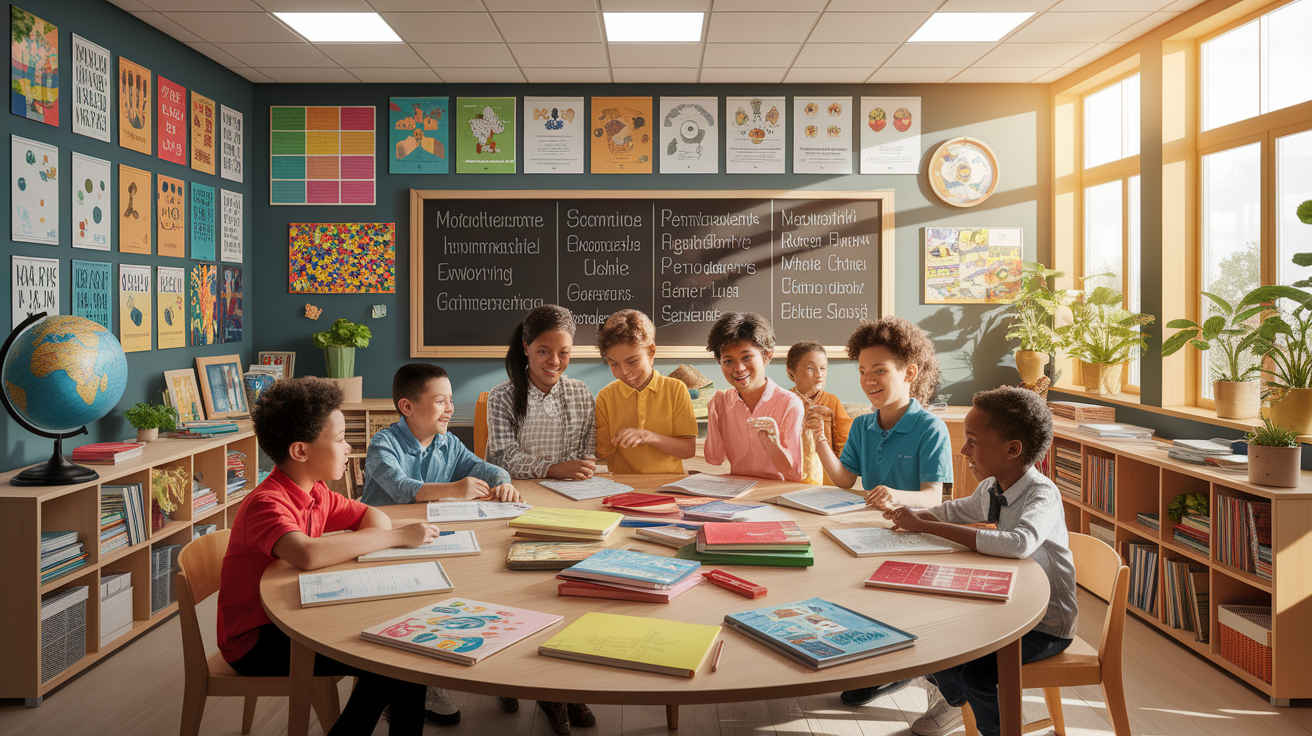
Designing Effective Translanguaging Activities
Activities are the toolkit for effective translanguaging. You might start with multilingual brainstorming sessions, allowing groups to note ideas in any language, followed by a collective discussion in the language of instruction. Providing multi-language resources for reading ensures students have access to complex concepts without language becoming a barrier. Try “language relay” projects—students begin work in one language and pass it to a partner to build on in another. This promotes cross-linguistic transfer and builds metalinguistic awareness in a fun, collaborative way.
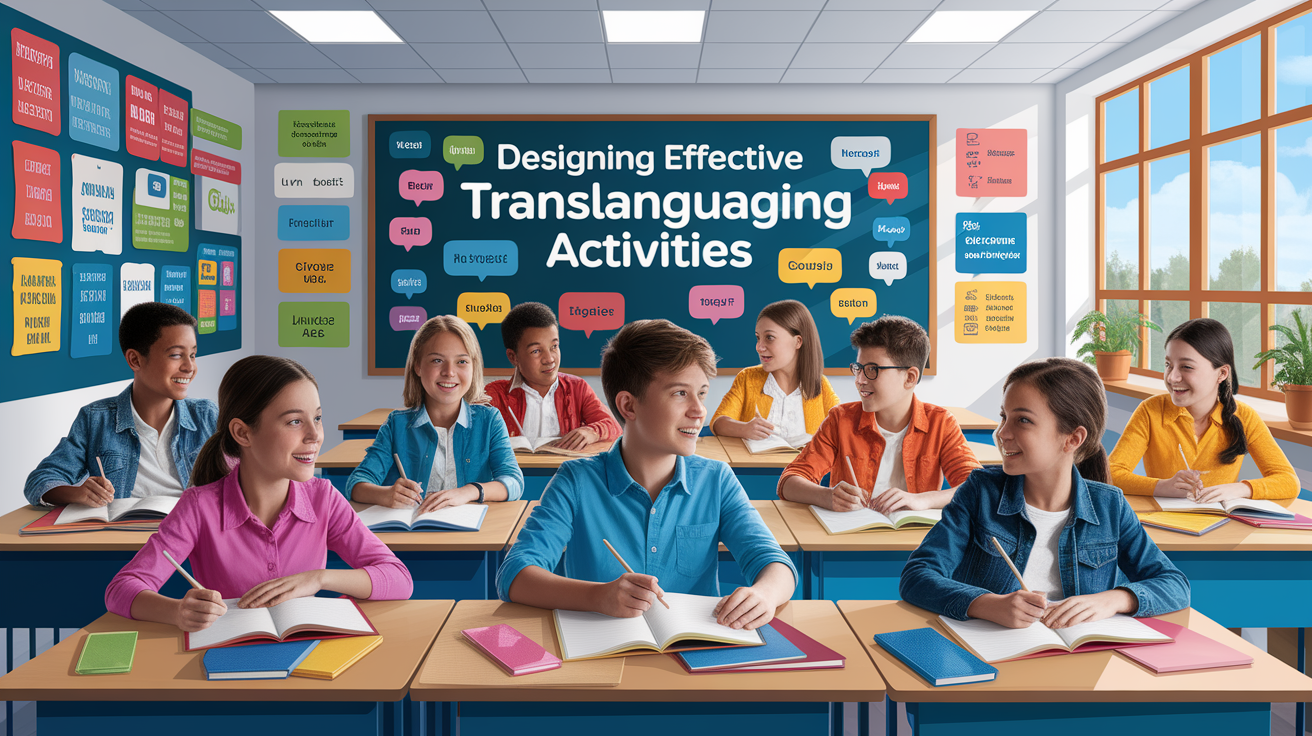
Leveraging Home Languages as Learning Assets
Far from being a hurdle, home languages are a treasure chest of knowledge, cultural insight, and cognitive skill. By inviting students to make sense of content in their strongest language before expressing it in the language of instruction, you unlock deeper comprehension. Research cited in Montessori discussions on translanguaging shows that additive bilingualism strengthens academic language development. Encourage journal writing in home languages, let students explain complex concepts to classmates in the language they feel most comfortable with, and celebrate linguistic diversity as a bridge rather than a gap.

Monitoring and Adapting Translanguaging Practices
Like any dynamic teaching approach, translanguaging needs reflection and adaptation. Monitor student engagement, comprehension, and confidence levels. Use formative assessments that value content mastery over language conformity. If certain strategies spark excitement—stick with them! If others seem to stall, tweak the activity or offer additional supports. As practical examples from WIDA suggest, flexibility is key. Keep open communication with students about what helps them learn best and adjust your methods to support both academic progress and multilingual identity.
Conquering Common Translanguaging Challenges
Yes, translanguaging is powerful, but implementation can come with bumps. There may be institutional pressure for English-only classrooms, a shortage of resources in multiple languages, or educators unsure how to integrate this approach—especially in ESL teaching contexts. As outlined by Education Week, overcoming these challenges often requires professional development focused on multilingual pedagogy, rethinking assessment practices, and advocating for inclusive language policies. Start small, build success stories, and let evidence guide the conversation toward change.
Closing the Circle with Translanguaging
Translanguaging brings together language, identity, and learning in a vibrant, inclusive educational practice. It’s a reminder that multilingual classrooms are brimming with linguistic resources just waiting to be tapped. By creating supportive environments, designing purpose-driven activities, and valuing heritage languages, teachers become architects of opportunities where every student can shine. In embracing the full language repertoire of our learners, we not only teach academic content—we nurture empowered, confident communicators prepared for a diverse world.
